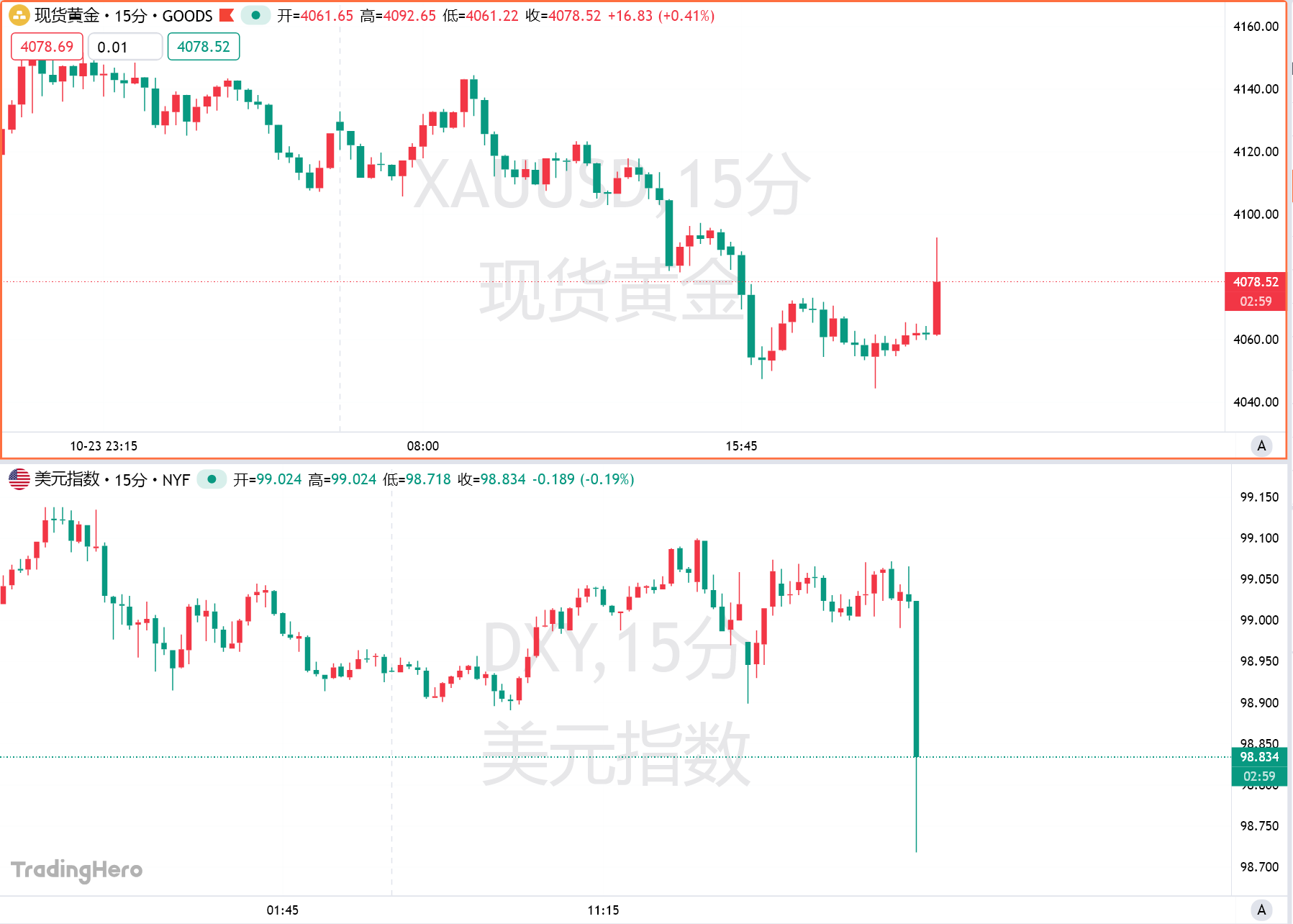Hyperliquid Strategies Intends $1 Billion Expansion via S-1 Filing
- Hyperliquid’s $1 billion SEC filing aims at crypto treasury growth.
- Focus on expanding HYPE token holdings and DeFi initiatives.
- HYPE token price climbs 8% after filing announcement.
Hyperliquid Strategies, led by CEO David Schamis and Chairman Bob Diamond, filed an S-1 with the SEC to raise $1 billion to expand its HYPE token treasury.
The move signals significant institutional interest in DeFi, with the HYPE token experiencing an 8% price jump, indicating market optimism for Hyperliquid’s expansion plans.
Lede
Hyperliquid Strategies has filed a statement with the SEC to raise $1 billion, focusing on expanding its treasury holdings of the HYPE token and funding decentralized finance initiatives. The move represents a major step in increasing their DeFi footprint.
Nutgraph
Key figures include CEO David Schamis and Chairman Bob Diamond. The expansion will utilize proceeds from 160 million shares to boost liquidity and enhance corporate holdings, signifying a strategic pivot toward altcoin dominance, specifically through the HYPE token.
David Schamis, CEO, Hyperliquid Strategies, “The S-1 filing reflects our commitment to leverage the funds raised for scaling our treasury holdings of the HYPE token and furthering our DeFi initiatives.”
HYPE Token Surge Following Filing
The filing led to an 8% spike in the HYPE token’s price, reflecting market confidence. Hyperliquid’s strategic focus on DeFi and altcoins distinguishes their approach from typical crypto treasuries, which often target assets like Bitcoin and Ethereum.
Allocating $305 million towards HYPE acquisition could increase demand and liquidity within the DeFi sector. Notably, traditional assets like Bitcoin and Ethereum remain unaffected; the firm eyes aggressive altcoin exposure to diversify its portfolio.
Strategic Deviation in Industry Norms
The public funds raising and focus on an altcoin represent a strategic deviation from industry norms. Regulators have not yet commented, but the transparent filing suggests institutional readiness for increased altcoin adoption.
Hyperliquid’s ability to attract institutional investment showcases potential for similar strategies in the future. Monitoring regulatory shifts and DeFi expansion, their approach may set a precedent for crypto companies looking to capitalize on altcoin growth.
Disclaimer: The content of this article solely reflects the author's opinion and does not represent the platform in any capacity. This article is not intended to serve as a reference for making investment decisions.
You may also like
What signals emerged from the latest Fintech conference held by the Federal Reserve?
The Federal Reserve held its first Payments Innovation Conference, discussing the integration of traditional finance and digital assets, stablecoin business models, applications of AI in payments, and tokenized products. The conference introduced the concept of a "streamlined master account" aimed at lowering the threshold for crypto companies to access the Federal Reserve’s payment systems. Participants believe asset tokenization is an irreversible trend, and that AI and blockchain technology will drive financial innovation. The Federal Reserve views the crypto industry as a partner rather than a threat. Summary generated by Mars AI. The accuracy and completeness of this summary are still being iteratively updated by the Mars AI model.

On the Eve of Peso Collapse: Argentinians Use Cryptocurrency to Preserve Their Last Value
Due to economic turmoil and foreign exchange controls, Argentinians are turning to cryptocurrency arbitrage, profiting from the difference between stablecoin rates and official or parallel market exchange rates. Cryptocurrency has shifted from a speculative tool to a means of protecting savings. Summary generated by Mars AI. The accuracy and completeness of this summary are still being iteratively improved.

Uniswap v4 Accelerates Launch: Brevis Drives the Next Wave of DeFi Adoption
Uniswap v4 introduces Hook and Singleton architecture, supporting dynamic fees, custom curve logic, and MEV resistance, which enhances trading execution efficiency and developer flexibility. Aggregators face integration challenges and need to adapt to non-standardized liquidity pools. Brevis’s ZK technology provides a trustless gas rebate, accelerating the adoption of v4. Summary generated by Mars AI. This summary was generated by the Mars AI model, and the accuracy and completeness of its content are still being iteratively updated.

US September CPI falls short of expectations across the board, Fed rate cut is a certainty
CPI confirms the trend! U.S. core inflation unexpectedly eased in September, making an October rate cut almost certain. Traders are increasingly betting that the Federal Reserve will cut rates two more times this year...
